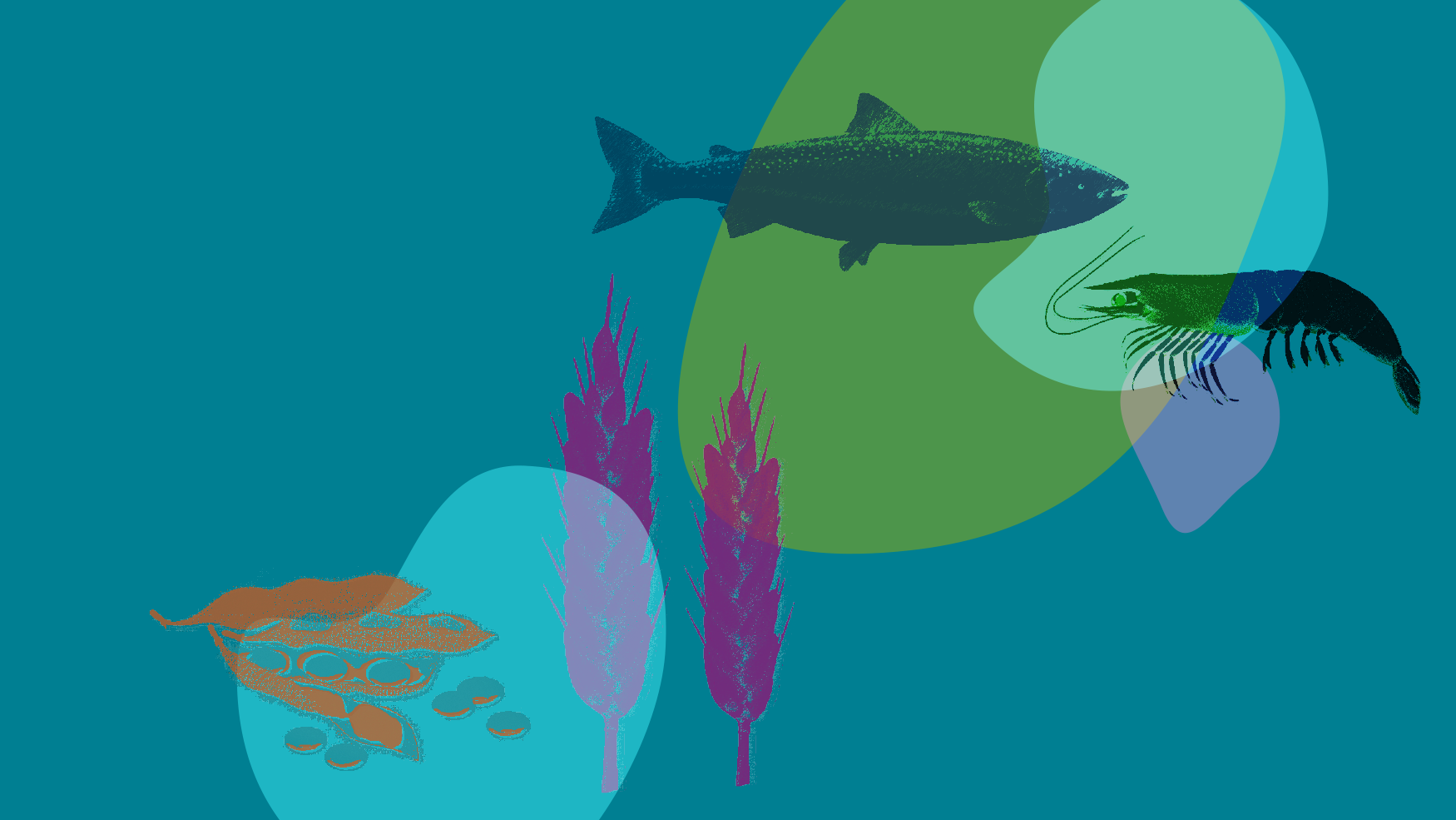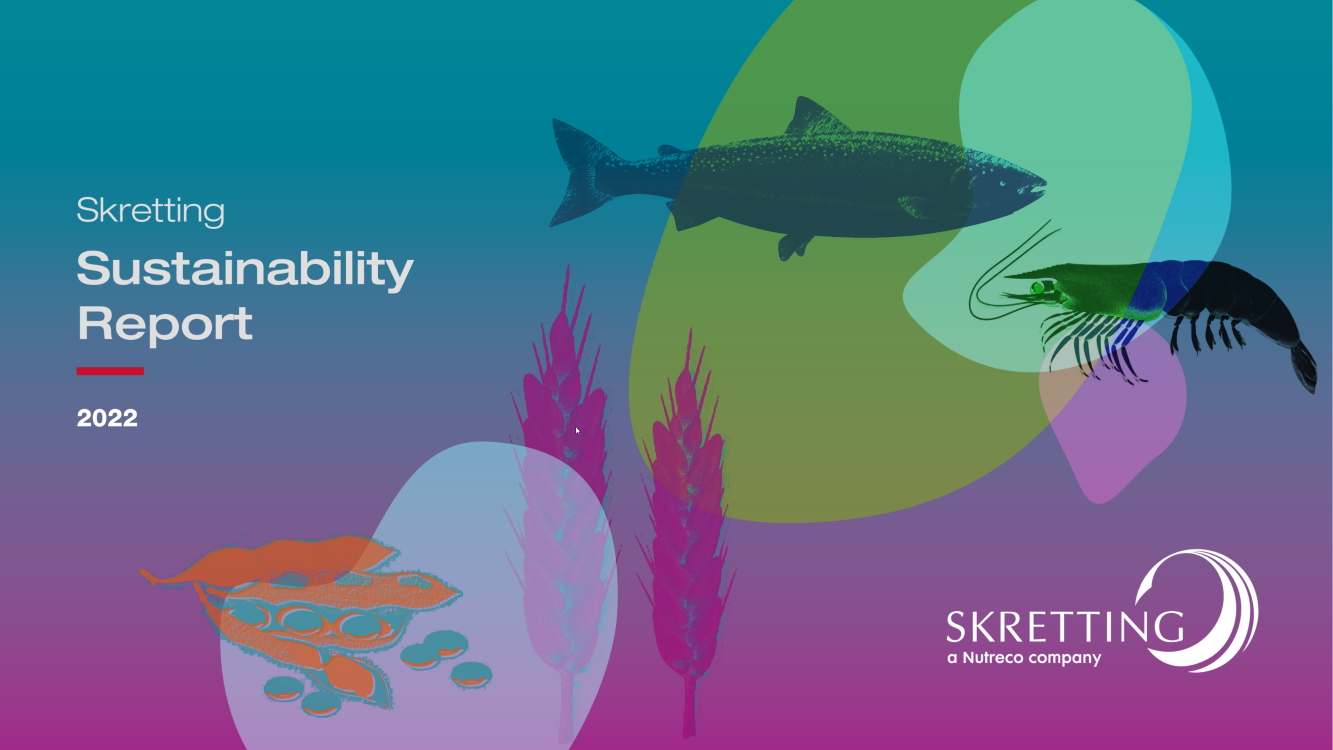Our operations and certifications
In 2022, our OpCos continued to work closely with third party independent bodies, customers and local authorities to ensure compliance with standards, regulations and certifications to guarantee the consistent formulation and production of high-quality nutritional solutions for fish and shrimp.
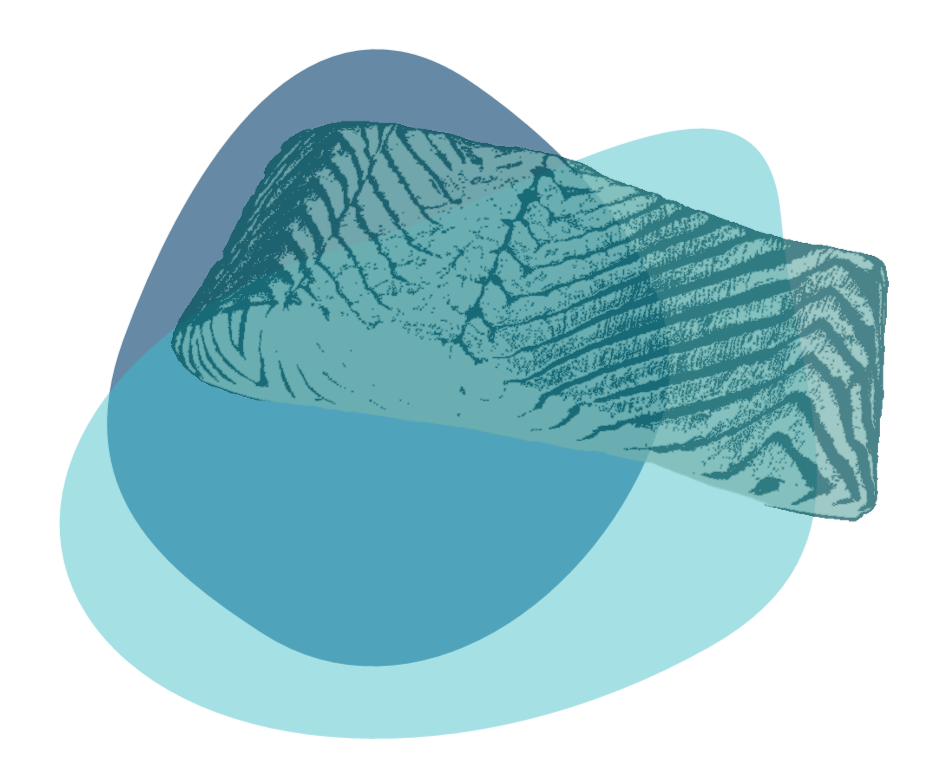
Skretting OpCos are certified to a number of ISO standards which help us ensure that we have consistent quality systems and continuous improvement. We are also certified according to private standards that are important for our customers to gain market access. In 2023 we will work to prepare for compliance with the new ASC Feed Standard.
Below is an overview of certifications and compliance held by our OpCos. Nutrace® is Skretting’s company-wide management programme that ensures feed-to-food quality and safety. All internal operations are audited, and all suppliers undergo a comprehensive evaluation and approval process to ensure premium-quality, renewable and responsibly managed resources. We conduct robust analyses of all approved raw materials - at delivery, throughout the formulation process, and up to the point of feed delivery.
Our operations and certifications
-
Skretting head office and Skretting Norway
Head office
Skretting
Skretting Aquaculture Innovation (AI)
Certifications: ISO 9001, ISO 17025
Skretting AI Lerang Research station
Skretting Norway
Plants: Stokmarknes, Averøy and Stavanger
Feed for: Atlantic salmon, seawater trout, cod, halibut,
catfish and wrasseCertifications: ISO 9001, GlobalGAP, ASC, BAP
-
Skretting France
Plants: Vervins and St Hervé
Feed for: Freshwater trout, sea bass, sea bream, turbot, salmon, catfish, tilapia, sturgeon, eel, carp and shrimp
Certifications: ISO 9001, GlobalGAP, Non-GMO RCNA
-
Skretting Italy
Plant: Mozzecane
Feed for: Freshwater trout, sea bass, sea bream, sturgeon, eel, catfish and carp
Certifications: ISO 9001, ISO 14001, ISO 45001, ISO 14067 CFP, GlobalGAP, Non-GMO, ASC
Skretting AI Mozzecane Research station
-
Skretting Chile
Plants: Osorno and Pargua
Feed for: Atlantic salmon, pacific salmon, freshwater and ocean trout, tilapia, shrimp and yellowtail amberjack
Certifications: ISO 9001, ISO 14001, ISO 45001, GlobalGAP, BAP, ASC, RTRS ISO 50001
Skretting AI Pargua Research Station
-
Skretting Spain
Plant: Cojóbar
Feed for: Freshwater trout, sea bass, sea bream, turbot, sole, meagre, eel, carp, catfish, amberjack and sturgeon
Certifications: ISO 9001, ISO 14001, ISO 2200, ISO 45001, GlobalGAP, ASC, Halal
-
Skretting Canada
Plants: Vancouver and St Andrews
Feed for: Atlantic salmon, arctic char, pacific salmon, sable fish, sturgeon, trout, halibut and tilapia
Certifications: ISO 9001, HACCP, GlobalGAP, BAP, ASC, Organic
-
Skretting Japan
Plant: Imari
Feed for: Yellowtail, red sea bream, bluefin tuna, amberjack, striped jack, sea bass, freshwater and seawater trout, coho salmon
Certifications: ISO 9001, ASC
Skretting AI Kagoshima Research Station
-
Skretting China
Plant: Zhuhai
Feed for: Whiteleg shrimp, black tiger shrimp, trout, sea bass, snakehead, golden pompano, catfish and sturgeon
Certifications: ISO 22000, BAP
Skretting AI Hezhoubei Research Station
-
Skretting Vietnam
Plants: Ho Chi Minh City and Long An Province
Feed for: Black tiger shrimp, whiteleg shrimp, giant freshwater prawn, red tilapia, snakehead, climbing perch, pangasius, sturgeon, Asian sea bass, grouper, cobia, clown featherback, snakeskin gourami and pompano
Certifications: ISO 9001, GlobalGAP, BAP, ASC
-
Skretting India
Plant: Surat
Feed for: Whiteleg shrimp, sea bass, tilapia
Certifications: BAP, Halal
-
Skretting Indonesia
Feed for: Black tiger shrimp, whiteleg shrimp, tilapia, barramundi, amberjack, catfish, grouper, cobia, and tuna
-
Skretting Australia
Plant: Cambridge and Westbury
Feed for: Atlantic salmon, chinook salmon, barramundi, yellowtail kingfish, abalone, prawn, freshwater and seawater trout
Certifications: ISO 9001, ISO 14001, ISO 45001, GlobalGAP, BAP, ASC, FeedSafe
Skretting Validation Station Australia
-
Skretting Egypt
Plant: Belbies
Feed for: Tilapia, catfish, mullet, carp and sea bass
Certifications: ISO 9001, ISO 14001, ISO 2200, ISO 45001
Skretting Validation Station Egypt
-
Skretting Turkey
Plant: Güllük
Feed for: Freshwater trout, carp, sea bass and sea bream
Certifications: ISO 9001, GlobalGAP, Halal
-
Skretting Nigeria
Plant: Ibadan
Feed for: African catfish and tilapia
-
Skretting Ecuador
Plants: Guyaquil x 3
Feed for: Shrimp, tilapia and trout
Certifications: ISO 9001, ISO 14001, GlobalGAP, BAP, ASC (compliant), HACCP, Organic, GMP+, Naturland Punto Verde (Eco Eficiente, Galápagos)
Skretting Validation station Ecuador
-
Skretting Honduras
Plant: San Francisco de Yojoa
Feed for: Shrimp and tilapia
Certifications: GlobalG.A.P., ASC, BAP, GMP+
-
Skretting Validation Station New Zealand
-
Tunga Nutrition (JV)
Certifications: ISO 22000
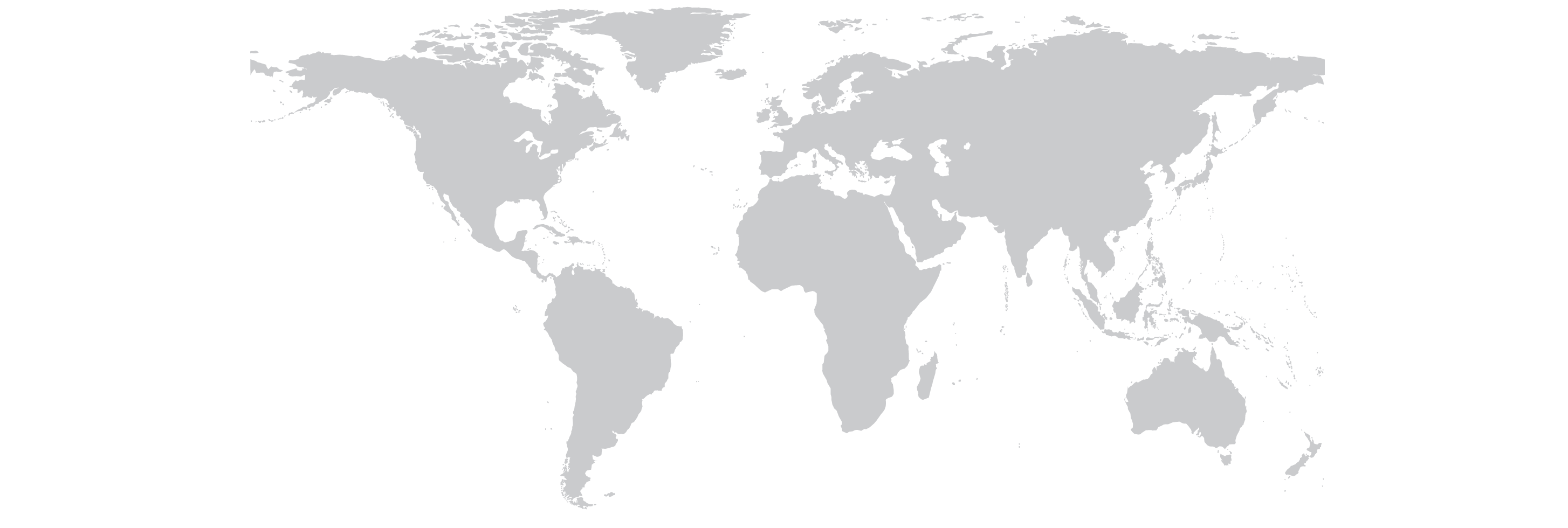
Global overview of Skretting certifications
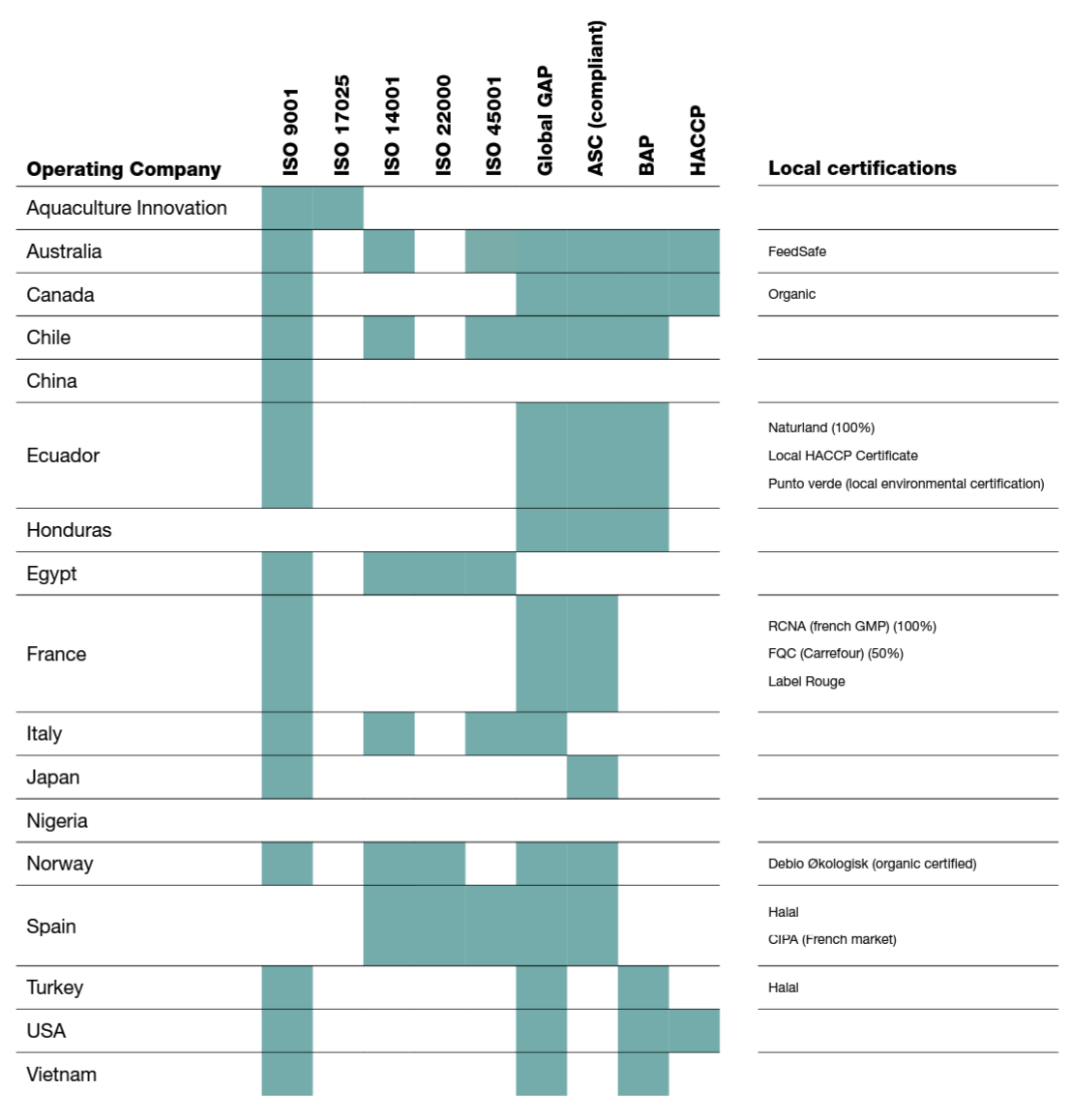
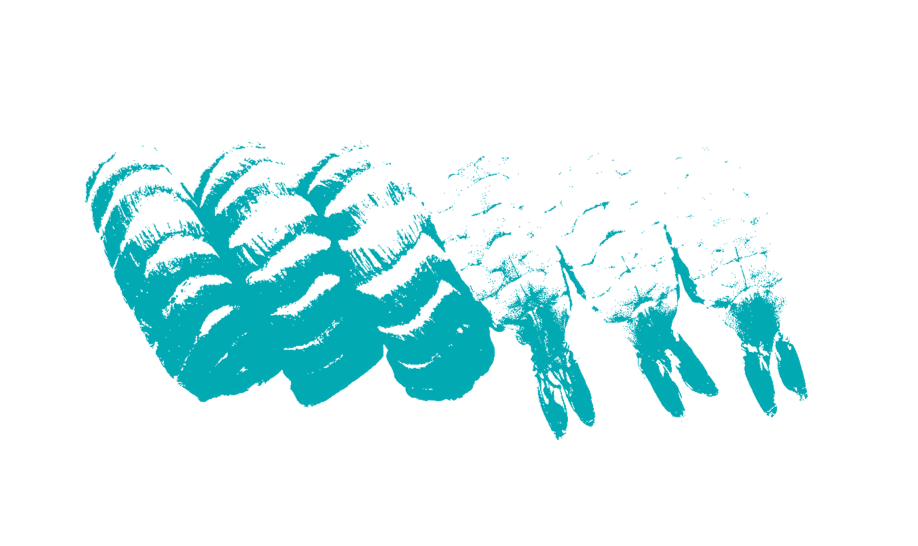
Next: Stakeholder engagement
We believe that engaging with internal and external stakeholders is key to ensuring we invest the right focus and effort in continuous improvement and dealing with the complex issues that face the future of sustainable food.
